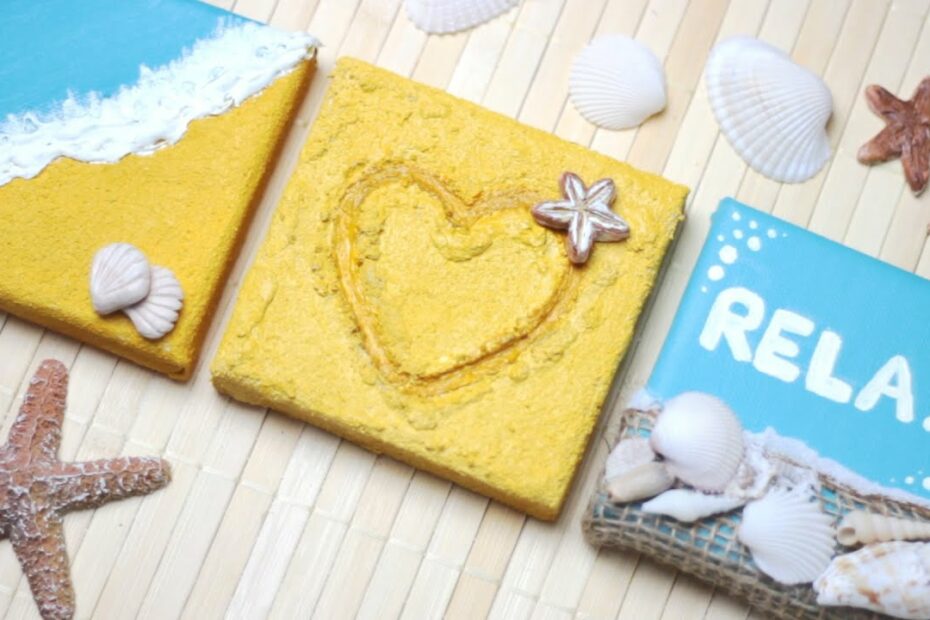Found 34 images related to diy beach canvas painting theme







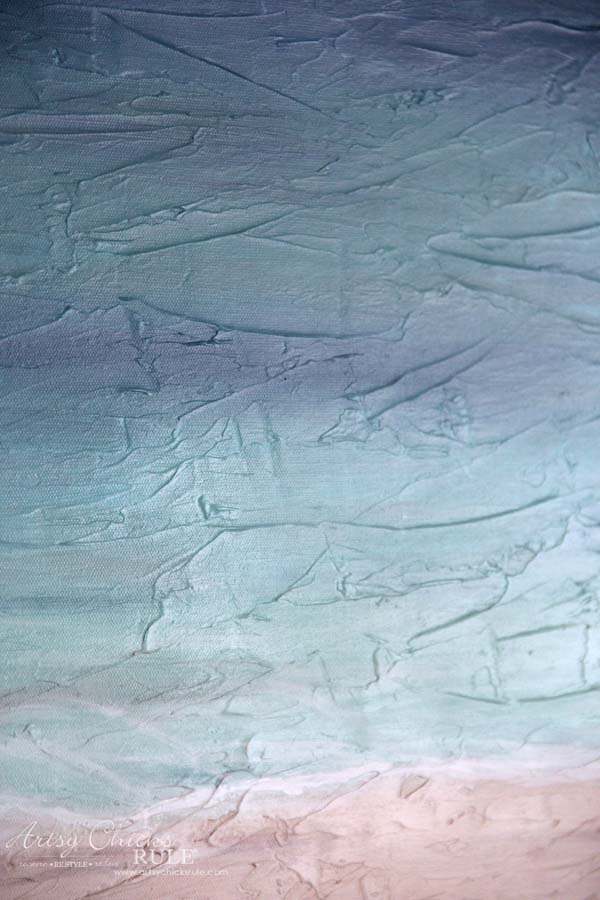
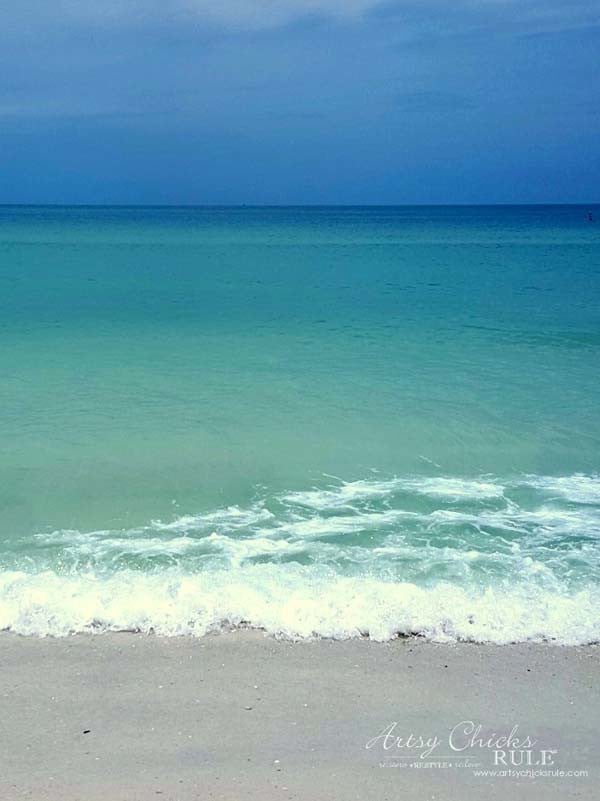



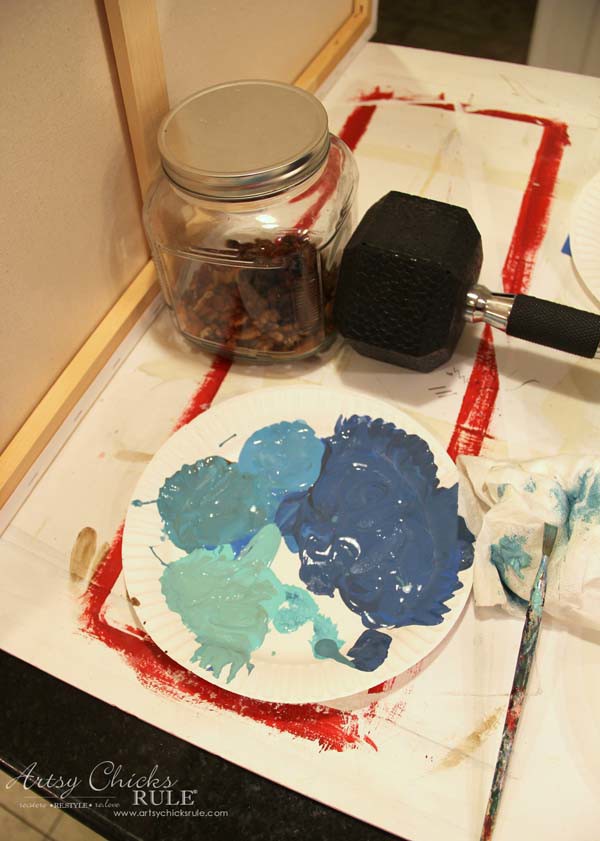







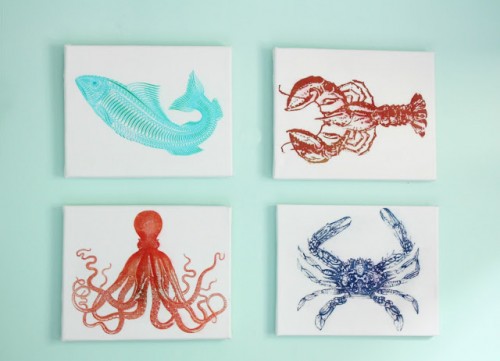

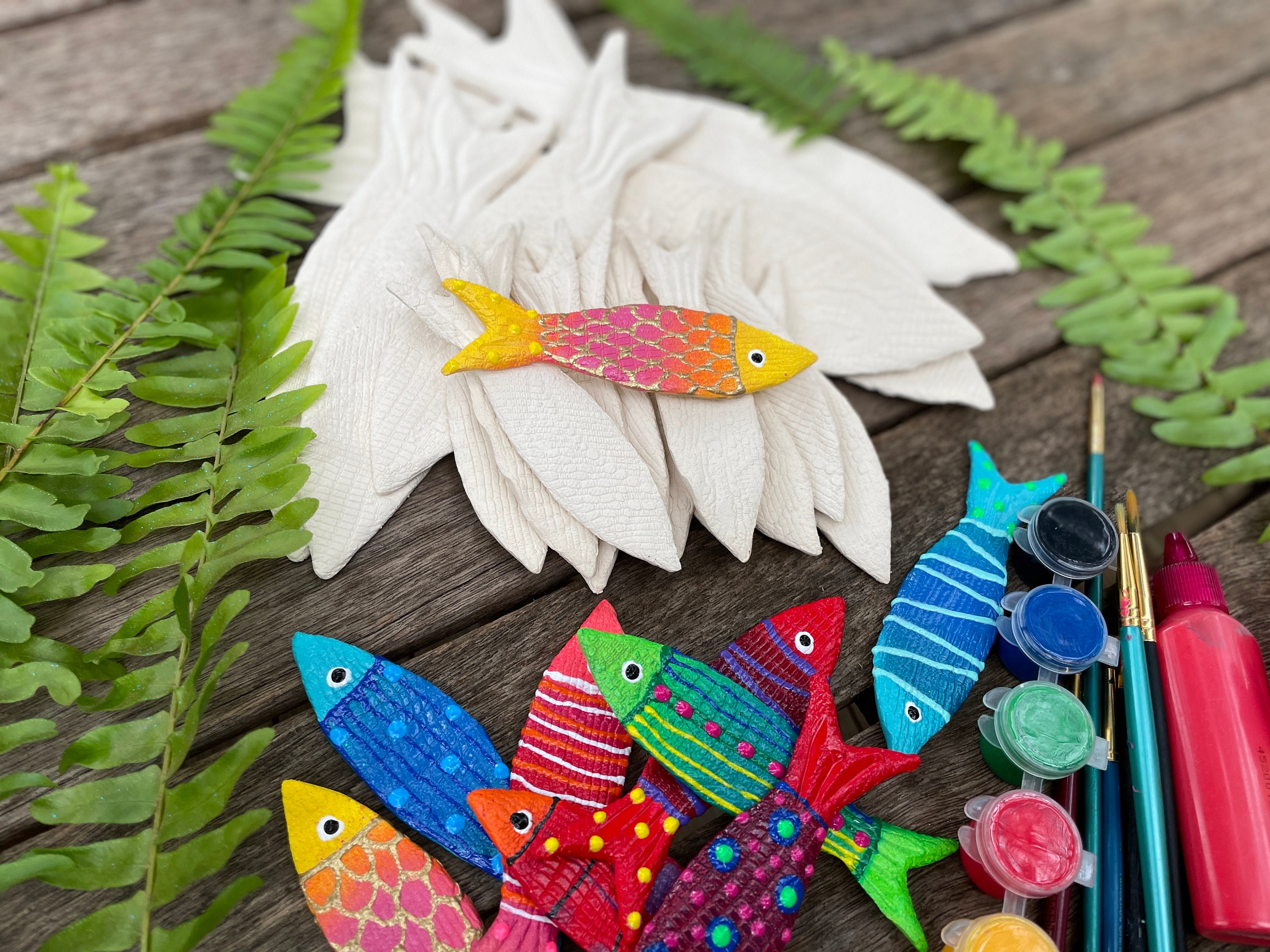
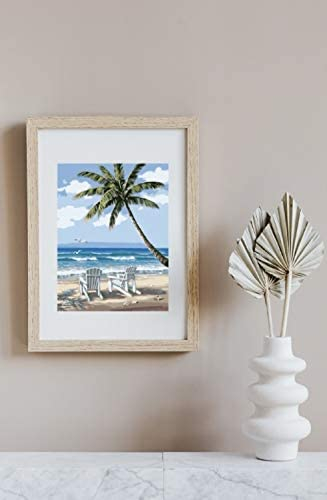
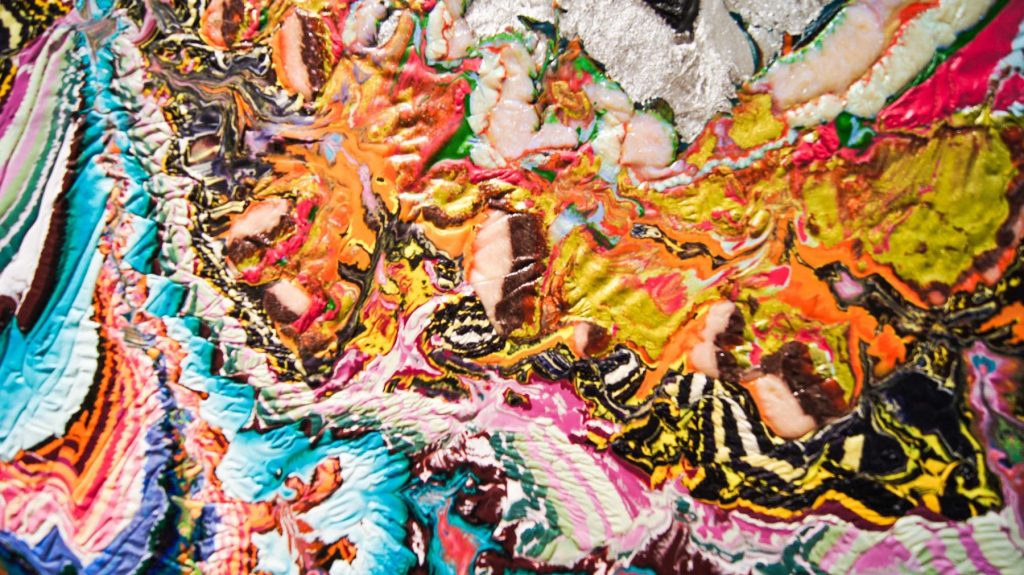




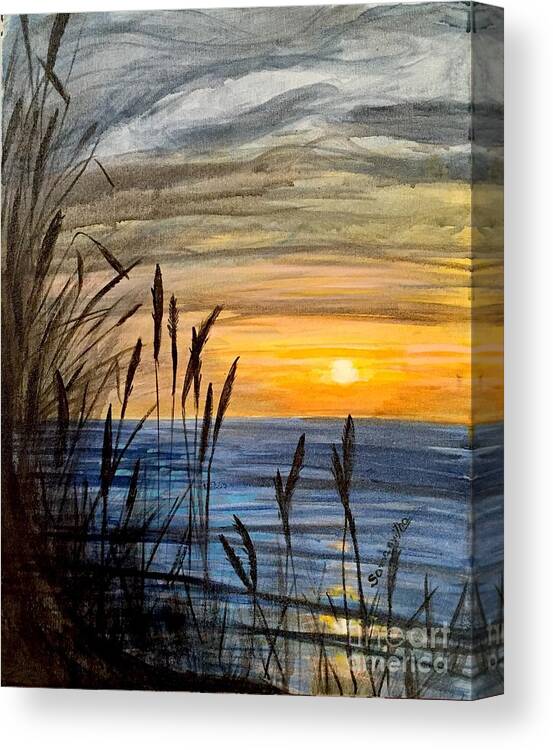

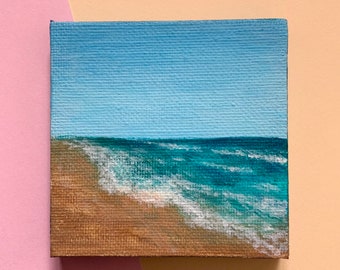

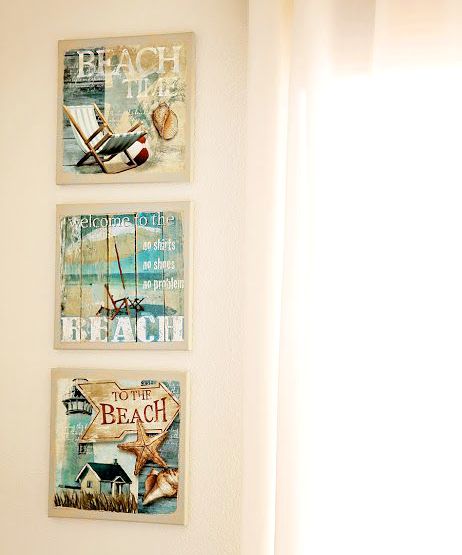

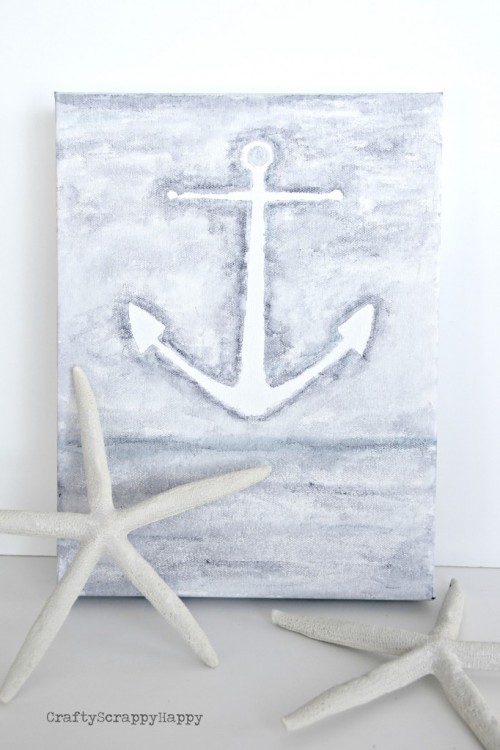




diy beach canvas painting
Are you looking for a creative and fun way to bring a little bit of the beach into your home? Why not try your hand at creating a beach scene on canvas? With a few basic supplies and a little bit of inspiration, you can easily create a beautiful and unique piece of artwork that captures the essence of the seaside.
Choosing the Right Supplies
Before you begin, it’s important to gather all the supplies you will need for your project. Here’s what you’ll need:
1. Canvas Size and Shape
First, you will need to choose the size and shape of the canvas you want to use. For most beach scenes, a rectangular canvas in a large size, such as 18” x 24”, is a good choice.
2. Paint Types and Colors
Next, choose your paint types and colors. Acrylic paint is the best choice since it’s easy to work with, dries quickly and is relatively inexpensive. Be sure to choose colors that reflect the beach such as blues, greens, and sandy browns.
3. Brushes and Other Tools
Finally, you’ll need to choose your brushes and other tools. A variety of brushes in different sizes will allow you to create different textures and details. You may also want to consider using a palette knife to create textured waves or a sponge to add a stippled effect to your beach.
Creating Your Beach Scene
1. Preparing Your Workspace
Begin by preparing your workspace. Cover your work surface with a plastic drop cloth or old newspapers to protect it from spills. Gather all of your supplies and place them within easy reach.
2. Sketching Your Design
Begin by sketching your beach scene onto the canvas. You can do this freehand or by using a pencil to lightly sketch out your design. Start by creating the horizon line and then add in the beach, water, and sky. It’s important to keep your design simple at this stage so that you can easily fill in the details later.
3. Filling in the Background
Start by filling in your background colors. This will give you a foundation to build on as you add details and texture. Use a large brush to create the sky, blending different shades of blue and white to create a varied and realistic appearance.
4. Adding Detail and Texture
Once your background is complete, it’s time to add detail and texture to your painting. Use smaller brushes to add waves to your water, rocks to your beach, and clouds to your sky. Layer different shades of color to create depth and texture, and be sure to use contrast and highlights to make your painting come alive.
Finishing and Displaying Your Artwork
1. Cleaning Up and Drying
Once you have finished your painting, it’s important to clean up your workspace and allow your painting to dry completely. Wash your brushes with water and soap to remove any remaining paint and allow everything to dry completely before putting it away.
2. Framing or Mounting
Once your painting is dry, you can choose to mount it on a wooden frame or have it professionally framed. A frame will give your painting a finished and polished look and make it ready to hang on your wall.
3. Finding the Perfect Spot
Once your painting is complete and framed, it’s time to find the perfect spot to display it. Consider the style and decor of your home when choosing where to place your painting.
4. Sharing Your Work with Others
Finally, don’t forget to share your work with others. Show off your new painting to family and friends and enjoy the pride and satisfaction that comes with creating something beautiful.
Tips and Tricks for Success
1. Layering and Blending Paints
To create depth and texture in your beach painting, be sure to layer and blend your paints. Start by applying a base coat and then add layers of color to create shadows and highlights.
2. Using Contrast and Highlights
Contrast and highlights are an important part of creating a realistic beach scene. Use lighter shades of paint to highlight areas that the sun would hit such as the tops of waves and sand dunes. Add darker shades to create shadows, especially in the foreground of your painting.
3. Adding Depth and Perspective
Creating depth and perspective in your painting will make it feel more three-dimensional and help it come to life. Use smaller brushstrokes in the foreground and larger brushstrokes in the background to create the illusion of distance.
4. Enjoying the Process and Having Fun
Creating a DIY beach canvas painting should be a fun and enjoyable process. Don’t get too bogged down in the details and be sure to take breaks when you need them. The most important thing is to enjoy the process and have fun creating a beautiful piece of artwork.
FAQs:
Q: What kind of paint should I use for a beach canvas painting?
A: Acrylic paint is the best choice for a DIY beach canvas painting because it’s easy to work with, dries quickly, and is relatively inexpensive.
Q: What size canvas should I use for my painting?
A: For most beach scenes, a rectangular canvas in a larger size, such as 18” x 24”, is a good choice.
Q: Do I need to sketch out my design before I start painting?
A: Yes, sketching out your design before you start painting will help you stay organized and focused on creating a cohesive and realistic painting.
Q: How can I make my painting look more realistic?
A: Use contrast and highlights to create a realistic beach scene. Use lighter shades of paint to highlight areas that the sun would hit and use darker shades to create shadows, especially in the foreground of your painting.
Keywords searched by users: diy beach canvas painting
Tag: Album 26 – diy beach canvas painting
DIY Beach Acrylic Pour Painting
See more here: khoaluantotnghiep.net
Article link: diy beach canvas painting.
Learn more about the topic diy beach canvas painting.
- 12 DIY Beach acrylic pour painting |fluid art easy for beginners
- DIY Ocean Paintings Anyone Can Make – Completely Coastal
- DIY Beach Painting (create faux texture for real looks!)
- 40 Easy Beach Painting Ideas for DIY Home Décor Crafts
- Frameless DIY Painting By Numbers Landscape Oil Paint …
- Vacation time in Coconut Grove on The Beach-Canvas …
- 10 Beach Paintings For The Beginner Acrylic Painter
Categories: khoaluantotnghiep.net/wikiimg
